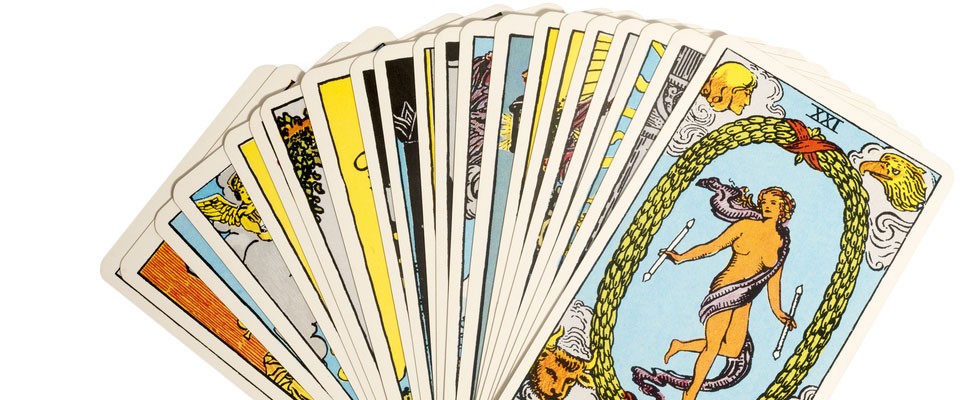Can bifocals slow the progression of nearsightedness?
Too much of a lens curve in the eye can cause nearsightedness, or myopia, in which light isn't properly directed to be able to see at a distance. While surgery could correct the lens, a much less invasive method for correcting it is to wear bifocal glasses or contact lenses.
A study that included 85 children between ages six and 11 over a two-year period found a slight slowing of myopia progression in the kids who wore bifocals, compared to those who wore single-vision lenses. David Berntsen of the University of Houston College of Optometry and others from Ohio State University published the study in the journal Investigative Ophthalmology and Visual Science.
"Single-vision lenses are normally prescribed when a child gets a pair of glasses, but glasses with progressive addition lenses were shown to slightly reduce myopic progression in our study," Berntsen said. "For any treatment that reduces myopia progression in children to be useful, the effect of the spectacles or contact lenses must persist after children stop wearing them. The fact that the small treatment effect from our study was still present one year after discontinuing the treatment is promising. The results suggest that if newer optical designs currently being investigated do a better job of slowing myopia progression, the effects may be expected to persist and decrease how nearsighted the child ultimately becomes."
The study offers a jumping-off point for additional research, while providing hope that bifocals can slow the progression of nearsightedness in children. This can reduce the need for surgery and prolong vision for as long as possible.












